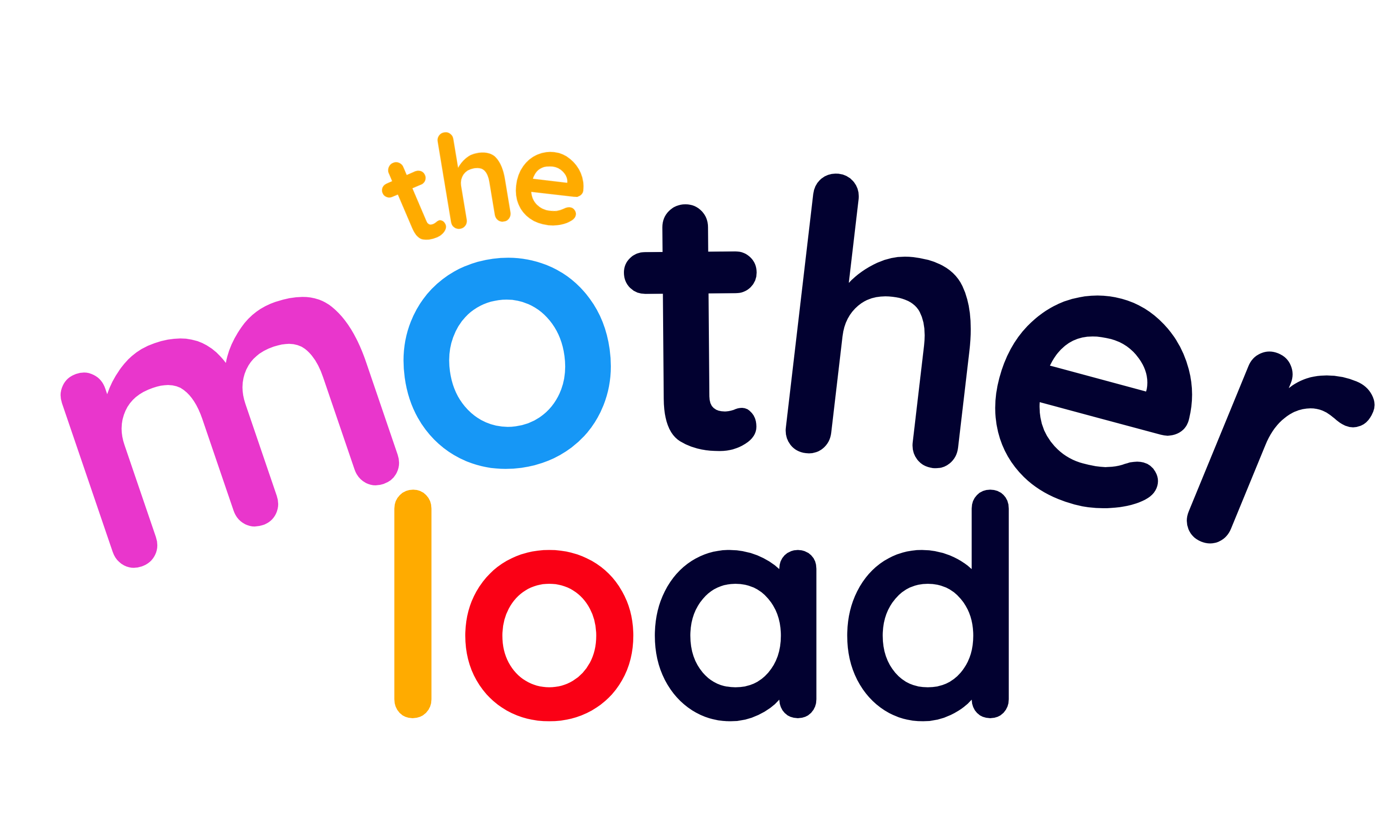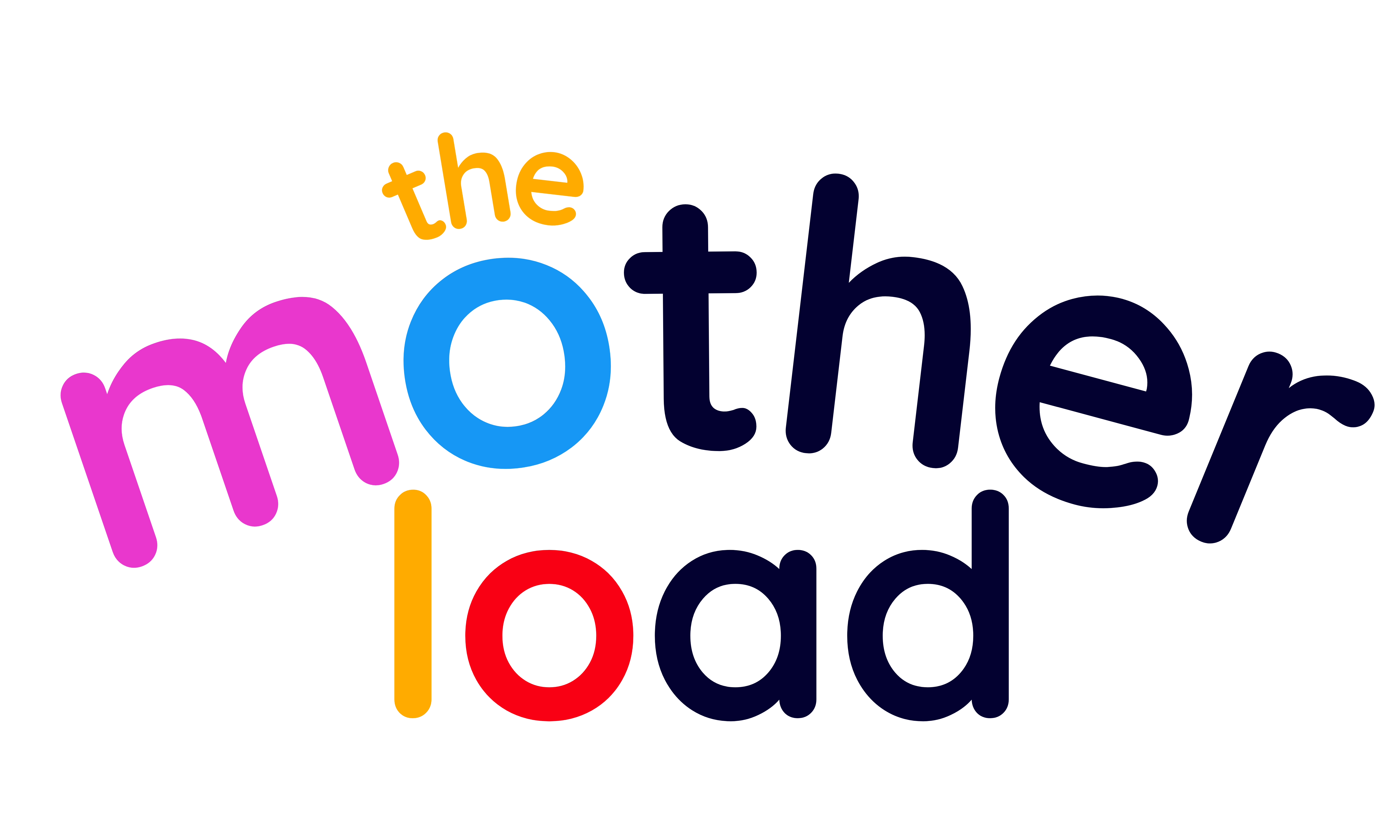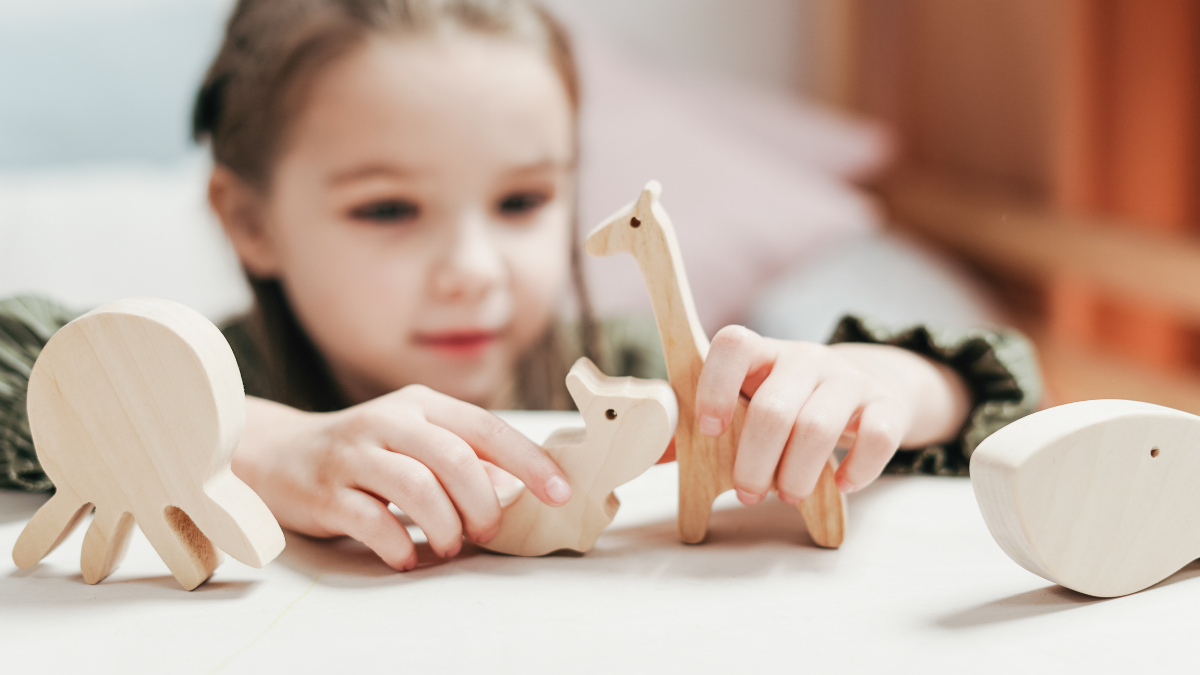There are many ways in which children will learn about the world around them. Some of these involve traditional teaching techniques while others are rooted in an instinctual curiosity. One strategy which has proven to offer a host of benefits is known as heuristic play. In order to appreciate the associated advantages, it is first a good idea to take a closer look at what this activity entails.
Heuristic Play Defined
Perhaps the best way to describe heuristic play involves the natural curiosity of a child. Children begin to interact with the world around them at a very young age. Note that we are not simply referring to feeling and moving objects. They soon wish to learn what can be done with these objects (such as a set of play building blocks). When a positive result is achieved (such as stacking a few blocks atop one another), the child will tend to repeat these actions. This is one of the fundamental aspects of the overall learning process and many professionals feel that heuristic play should be supervised from a “hands-off” perspective so that children can be encouraged to discover results without relying upon adults.
Photo by Paige Cody on Unsplash
The Notion of Trial and Error
Children need to learn that not all of their actions will result in the desired outcome. Once again referring to building blocks, some shapes are unable to fit into others. A bell will only chime when it is swung in the proper manner. This trial-and-error approach will teach extremely young children the basic principles associated with cause and effect.
Of course, passive supervision by teachers and parents can also play a powerful role; especially if the child requires a bit of extra help along the way. One effective means to monitor these activities involves performing a timely EYFS assessment. Such evaluations will help to highlight any strengths as well as to underscore possible developmental shortcomings that may require more attention.
Heuristic Play Broken Down Into its Individual Components
From a traditional perspective, heuristic play can be segmented into five key areas:
- The types of objects used
- The role (if any) of the adult or teacher
- When and how often the play sessions occur
- Under what conditions these settings take place (such as within a location that is free from distractions)
- The amount of toys and objects that are available at any given time
Photo by Dan-Cristian Pădureț on Unsplash
The bottom line is that heuristic play provides children with fun and exciting ways to discover the world around them (and how they impact this world) within a safe and encouraging environment. It has also been shown that these types of activities can help to increase attention spans and to maintain concentration for longer periods of time. These are both excellent traits to develop at an early age; even before the child enters into EYFS classroom settings. Heuristic play has existed since the dawn of mankind and it is certainly not going away anytime soon!



No comments yet. Be the first one to leave a thought.